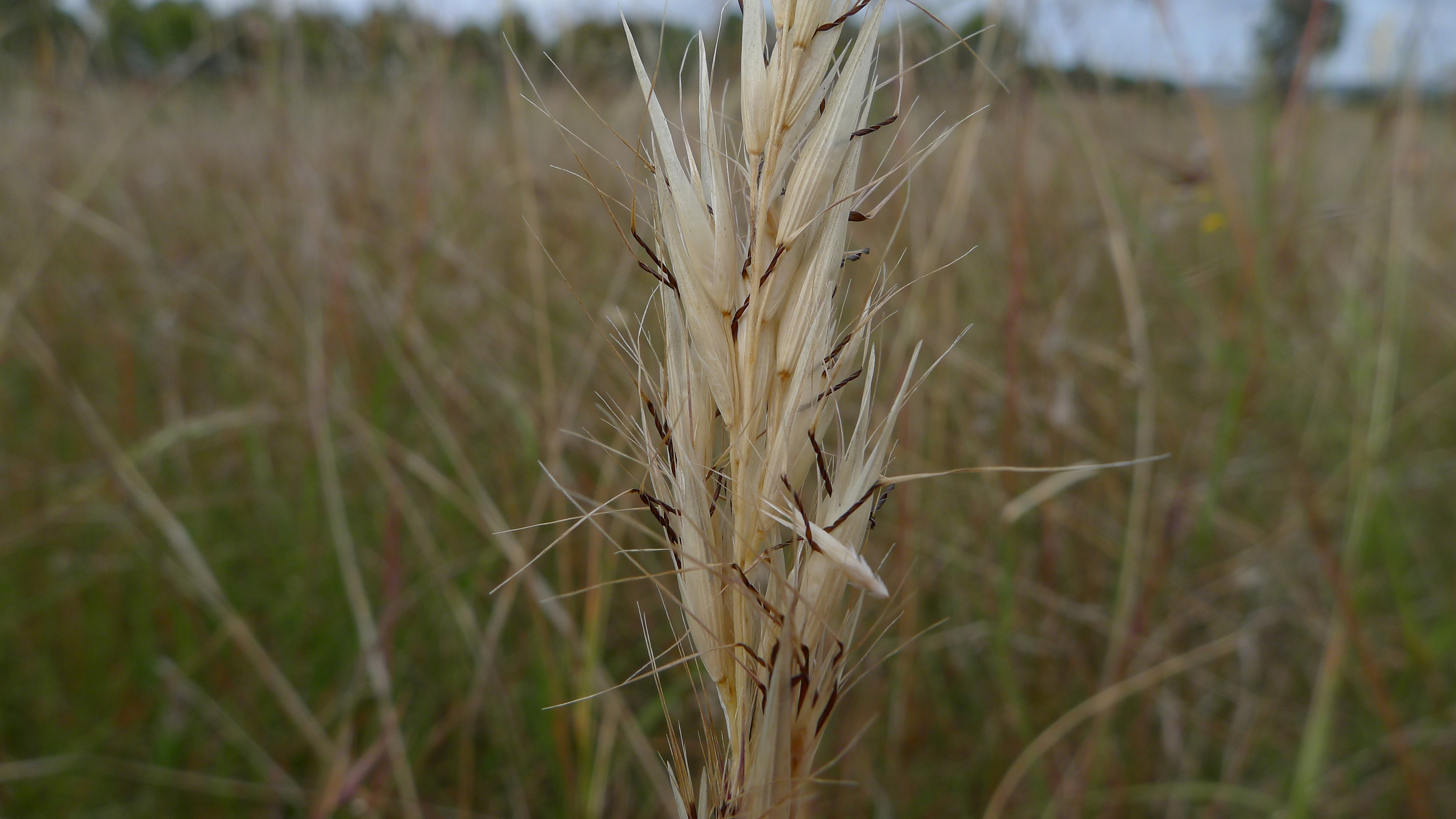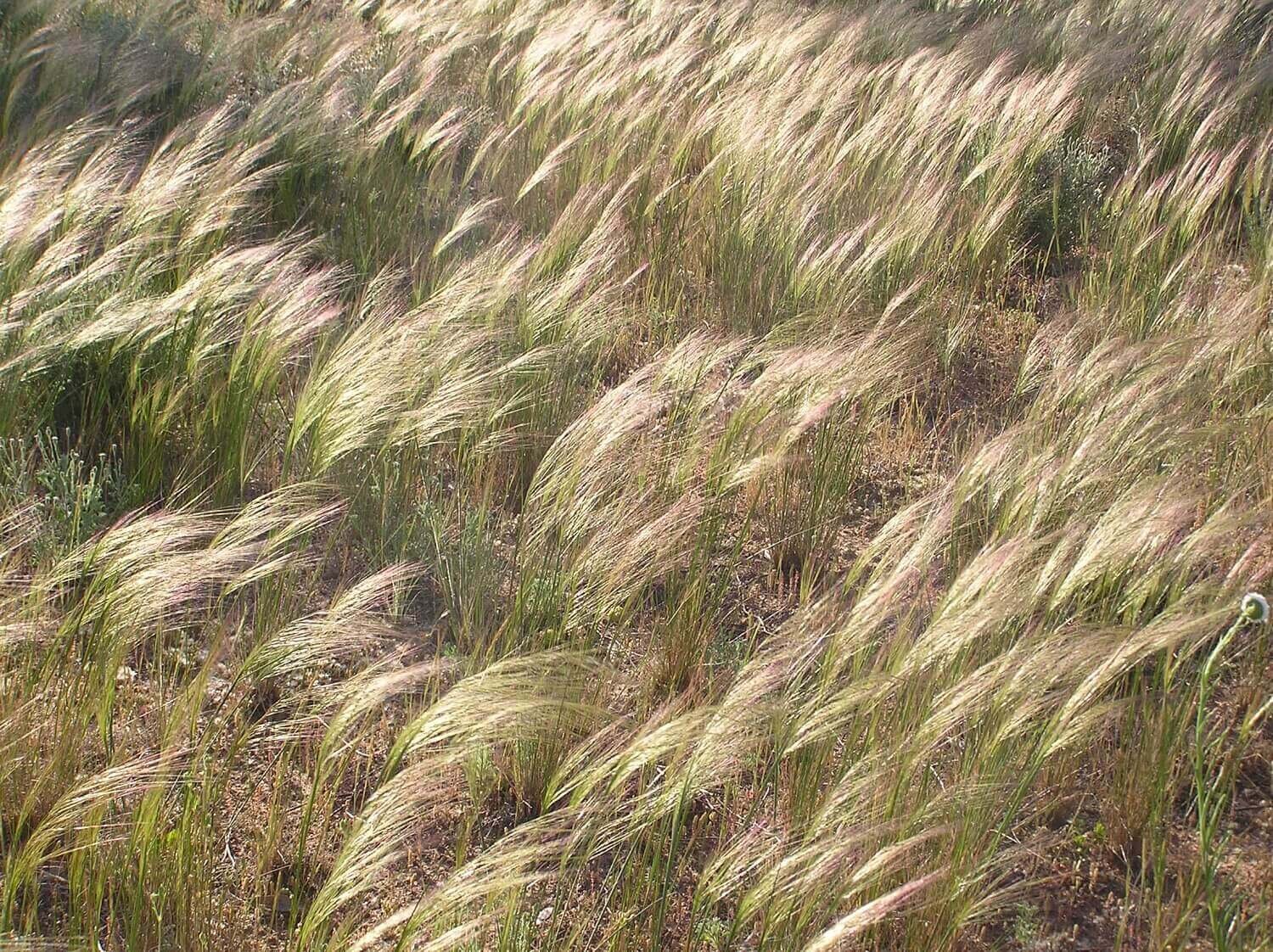When choosing between native Australian grasses, it’s essential to consider the specific climate, soil type, and regional suitability of each grass variety. Native grasses not only enhance the aesthetic appeal of landscapes but also support local ecosystems. Here’s an in-depth look at the top native Australian grasses for each state to help you make an informed decision.
Queensland
Kangaroo Grass (Themeda triandra)

Best For: Coastal and inland regions.
Characteristics: Kangaroo Grass thrives in a variety of soil types and is highly drought-tolerant. Its versatility makes it ideal for both coastal and inland regions of Queensland. This grass features attractive seed heads and provides excellent habitat for local wildlife.
Blue Grass (Dichanthium sericeum)

Best For: Subtropical and tropical regions.
Characteristics: Preferring well-drained soils, Blue Grass is another drought-resistant option suitable for Queensland’s subtropical and tropical regions. It is known for its blue-green foliage and resilience in dry conditions.
Wallaby Grass (Rytidosperma spp.)

Best For: Drier regions of Queensland.
Characteristics: Wallaby Grass is adaptable to various soil types and climates, making it a robust choice for the drier regions of Queensland. It forms dense tussocks that are excellent for soil stabilization.
If you’re on the Gold Coast, we at Thrive Horticultural can supply and install these top native grasses for you. We stock Kangaroo Grass, Blue Grass, and Wallaby Grass. If you’re looking for a recommendation for your specific needs, get in touch with us. We tend to recommend Kangaroo Grass due to its versatility, drought tolerance, and ability to thrive in a variety of soil types. Its attractive seed heads and provision of excellent habitat for local wildlife make it a standout choice for many landscapes.
New South Wales
Red Grass (Bothriochloa macra)

Best For: Open woodlands and grasslands.
Characteristics: Red Grass grows well in a range of soil types, from sandy to clay. It tolerates dry conditions and is common in the open woodlands and grasslands of New South Wales. Its red-tinged foliage adds a unique touch to landscapes.
Weeping Grass (Microlaena stipoides)

Best For: Paddocks and shaded garden areas.
Characteristics: Preferring shaded and moist areas, Weeping Grass is also drought-tolerant, making it a great choice for paddocks and shaded garden areas. It forms a dense, soft turf that is pleasant underfoot.
Barbed Wire Grass (Cymbopogon refractus)

Best For: Open forests and woodlands, particularly in northern regions.
Characteristics: Barbed Wire Grass grows in sandy, loamy, and clay soils. It is particularly well-suited for open forests and woodlands in northern New South Wales, where it thrives in well-drained soils.
Victoria
Tussock Grass (Poa labillardierei)

Best For: Cooler, southern parts of Victoria.
Characteristics: Suited to moist and well-drained soils, Tussock Grass is commonly found in the cooler, southern parts of Victoria. It forms lush, green clumps that are excellent for garden borders and habitat gardens.
Wallaby Grass (Rytidosperma caespitosum)

Best For: Mild climate.
Characteristics: Adaptable to a range of soil types, from sandy to clay, Wallaby Grass grows well in the mild climate of Victoria. It is a low-maintenance option that can withstand dry conditions.
Weeping Grass (Microlaena stipoides)

Best For: Lawn alternatives in southern regions.
Characteristics: Performing well in shaded and moist areas, Weeping Grass is an excellent choice for lawn alternatives in the southern regions of Victoria. Its fine texture and soft feel make it an ideal turf grass.
South Australia
Kangaroo Grass (Themeda triandra)

Best For: Both coastal and inland areas.
Characteristics: Thriving in a variety of soils and being drought-resistant, Kangaroo Grass is suitable for both coastal and inland areas of South Australia. Its distinctive appearance and hardiness make it a popular choice.
Spear Grass (Austrostipa spp.)

Best For: Semi-arid regions.
Characteristics: Preferring well-drained soils, Spear Grass is highly drought-tolerant and common in the semi-arid regions of South Australia. It is known for its wiry seed heads and robust nature.
Brush Wire Grass (Aristida behriana)

Best For: Drier, inland regions.
Characteristics: Tolerating poor and rocky soils, Brush Wire Grass is found in the drier, inland regions of South Australia. It is a tough, resilient grass that can thrive in challenging conditions.
Western Australia
Windmill Grass (Chloris truncata)

Best For: Coastal and inland areas, particularly in the south-west.
Characteristics: Growing in sandy and well-drained soils, Windmill Grass is adaptable to coastal and inland areas, particularly in the south-west of Western Australia.
Kangaroo Grass (Themeda triandra)

Best For: Mediterranean climate of south-western WA.
Characteristics: Versatile and drought-tolerant, Kangaroo Grass is suitable for various soil types and performs well in the Mediterranean climate of south-western WA. Its resilience makes it a reliable choice.
Silky Blue Grass (Dichanthium sericeum)

Best For: Subtropical regions of northern WA.
Characteristics: Preferring well-drained soils, Silky Blue Grass is resilient in dry conditions and found in the subtropical regions of northern WA. It is known for its soft, blue-tinged foliage
Tasmania
Tussock Grass (Poa labillardierei)

Best For: Cooler climate.
Characteristics: Preferring moist and well-drained soils, Tussock Grass is suitable for the cooler climate of Tasmania. Its lush growth is ideal for creating naturalistic garden settings.
Wallaby Grass (Rytidosperma spp.)

Best For: Mild climate.
Characteristics: Adaptable to various soil types and climates, Wallaby Grass performs well in the mild climate regions of Tasmania. It forms neat, compact clumps that are easy to maintain.
Weeping Grass (Microlaena stipoides)

Best For: Paddocks and shaded garden areas.
Characteristics: Preferring shaded and moist areas, but drought-tolerant, Weeping Grass is ideal for paddocks and shaded garden areas in Tasmania. It creates a soft, inviting turf.
Northern Territory
Kangaroo Grass (Themeda triandra)

Best For: Tropical and subtropical climates.
Characteristics: Thrives in a variety of soils and is highly drought-resistant. It is suitable for the tropical and subtropical climates of the Northern Territory.
Silky Blue Grass (Dichanthium sericeum)

Best For: Northern, tropical regions.
Characteristics: Preferring well-drained soils, Silky Blue Grass performs well in dry conditions and is common in the northern, tropical regions of the NT.
Ribbon Grass (Chrysopogon fallax)

Best For: Arid and semi-arid regions.
Characteristics: Grows in sandy and well-drained soils. It is found in the arid and semi-arid regions of the NT and is known for its resilience and unique appearance.
Australian Capital Territory
Wallaby Grass (Rytidosperma caespitosum)

Best For: Versatile landscaping, including shaded areas.
Characteristics: Adaptable to various soil types, from sandy to clay, Wallaby Grass grows well in the mild climate of the ACT. It is a low-maintenance option that can withstand dry conditions and is suitable for both sunny and partially shaded areas, making it a flexible choice for different parts of a garden or landscape.
Kangaroo Grass (Themeda triandra)

Best For: Open and sunny areas.
Characteristics: Versatile and drought-tolerant, Kangaroo Grass is suitable for various soil types. It thrives in sunny conditions and is ideal for creating natural meadows and open grassy areas. Its attractive seed heads and ability to provide habitat for local wildlife make it a popular choice.
Tussock Grass (Poa labillardierei)

Best For: Cooler, southern parts of ACT.
Characteristics: Prefers moist and well-drained soils. Commonly found in the cooler, southern parts of the ACT, it is excellent for creating lush, green landscapes.
Final Thoughts on Choosing Native Australian Grasses
Choosing the right native Australian grass is crucial for creating sustainable and low-maintenance landscapes. Each grass variety offers unique characteristics that cater to different climates and soil types across Australia. By selecting the appropriate native grasses, you can enhance the beauty of your landscape while supporting local ecosystems and promoting biodiversity. We at Thrive Horticultural, operating on the Gold Coast in Queensland, recommend and stock Kangaroo Grass, Blue Grass, and Wallaby Grass, with a preference for the versatile and resilient Kangaroo Grass.
Feature photo by David Clode.



